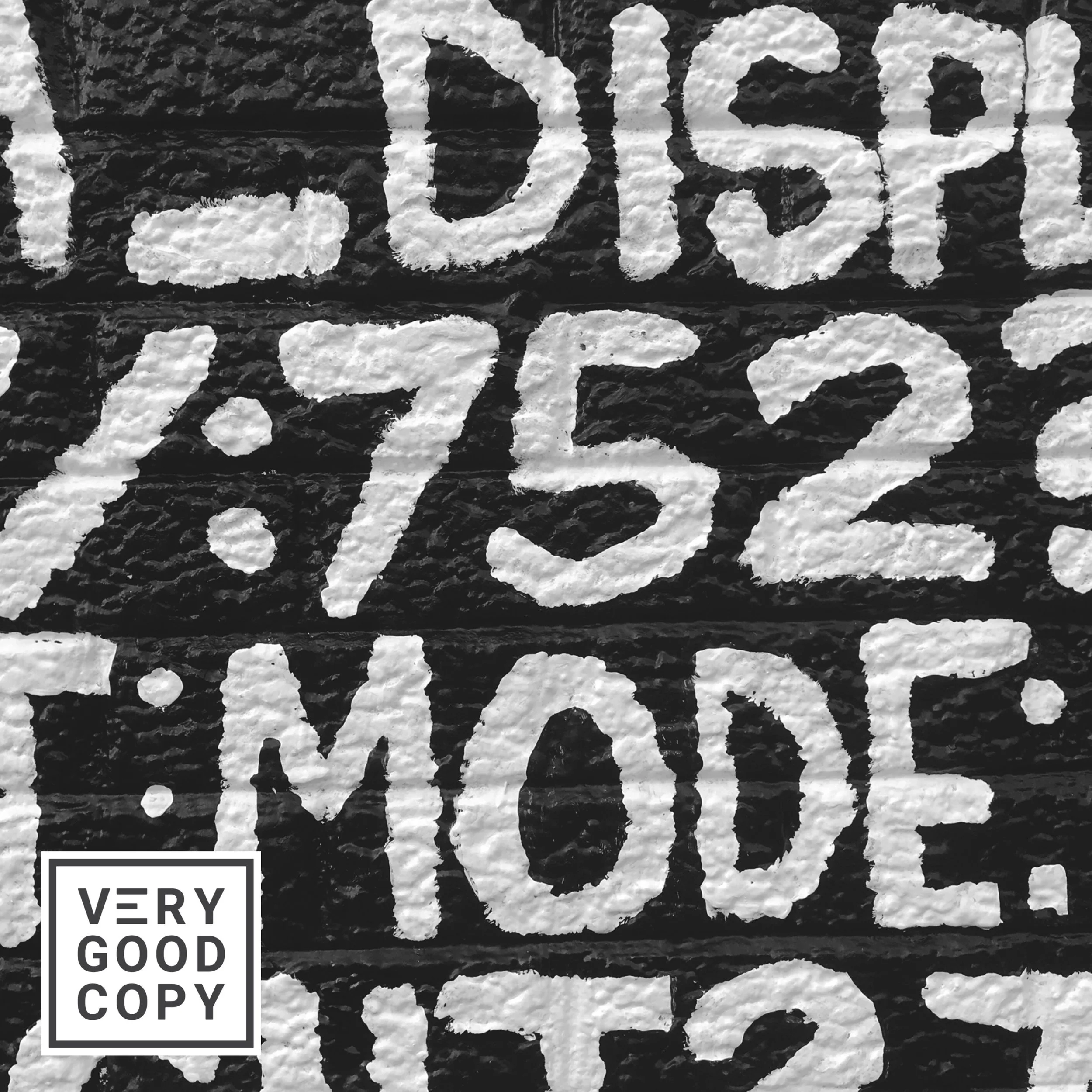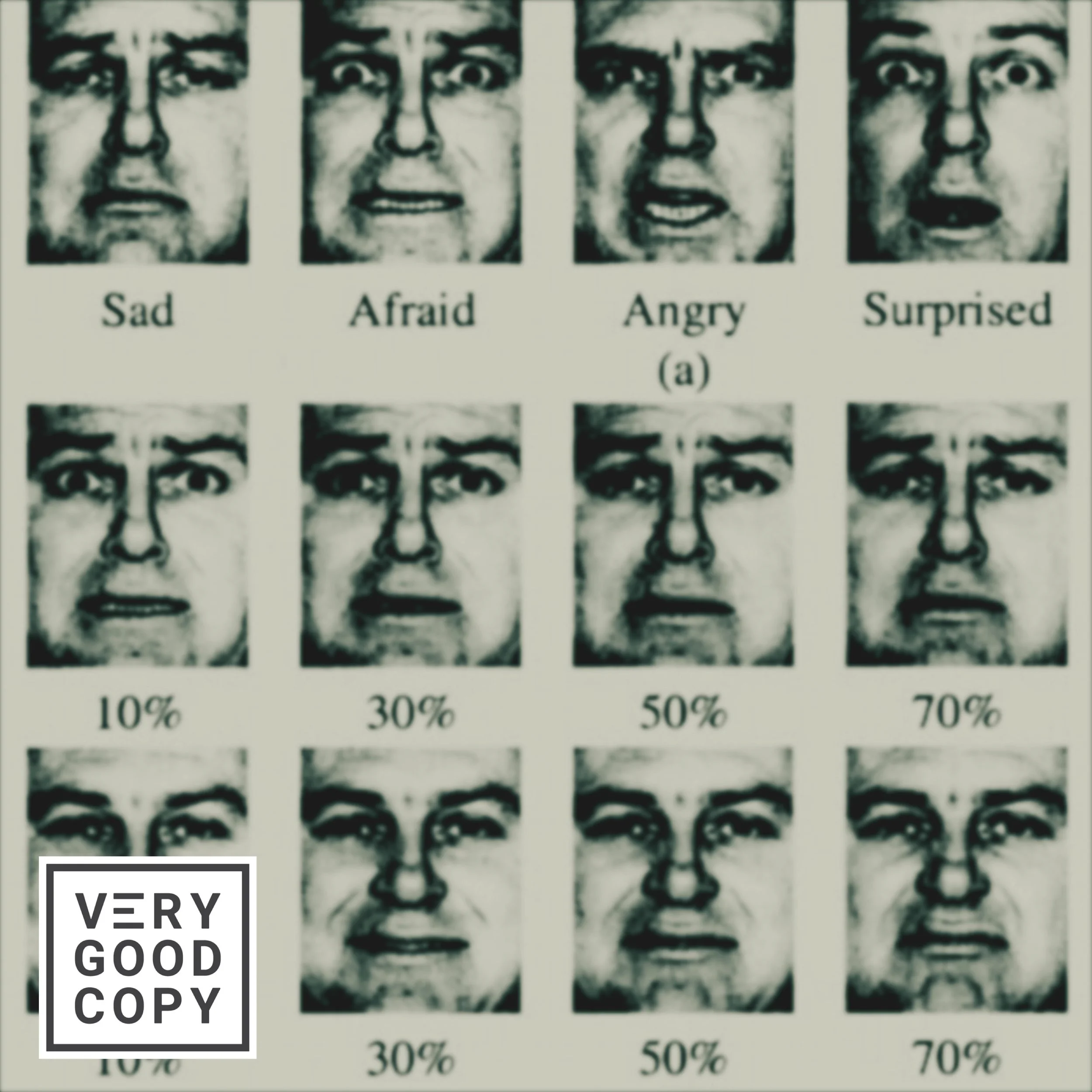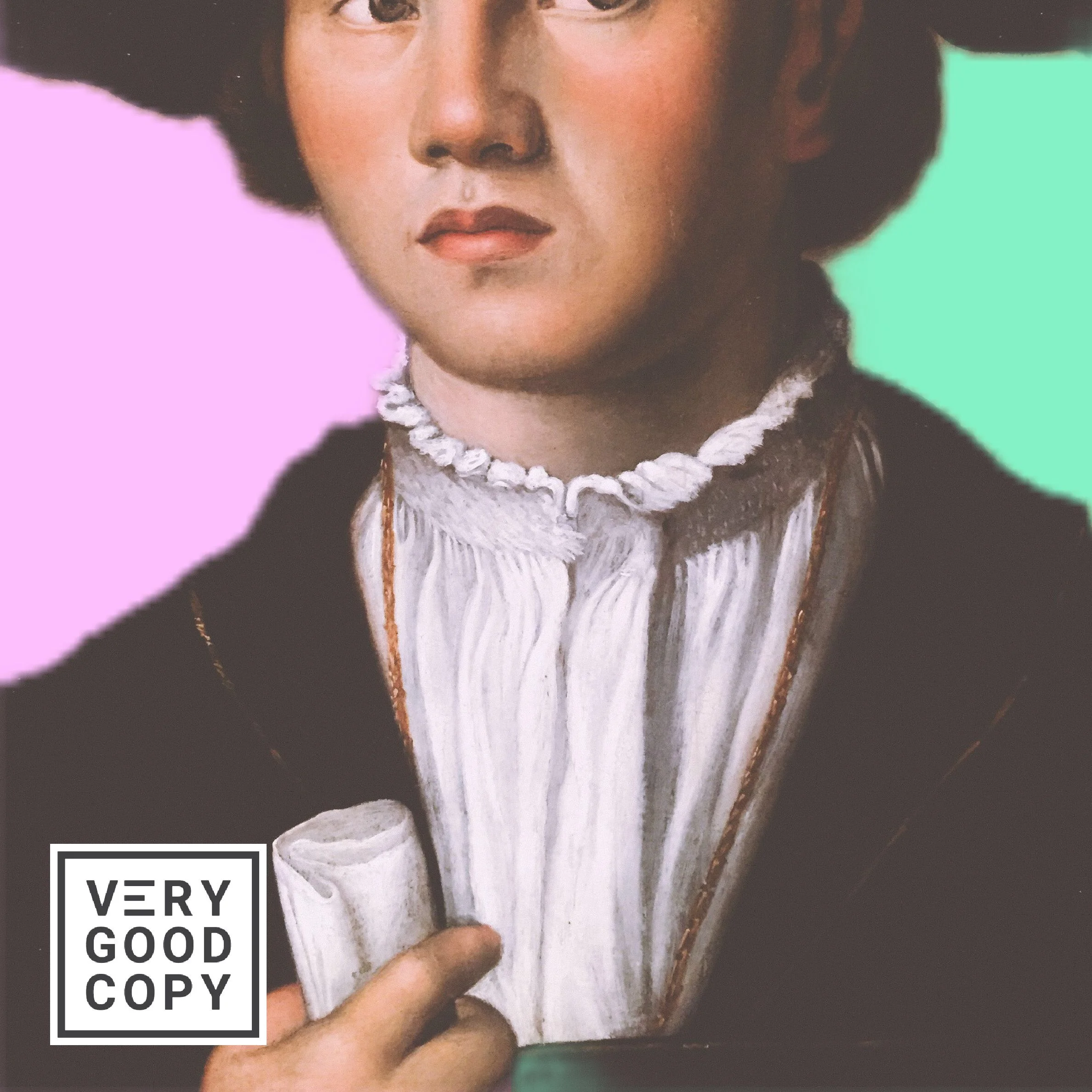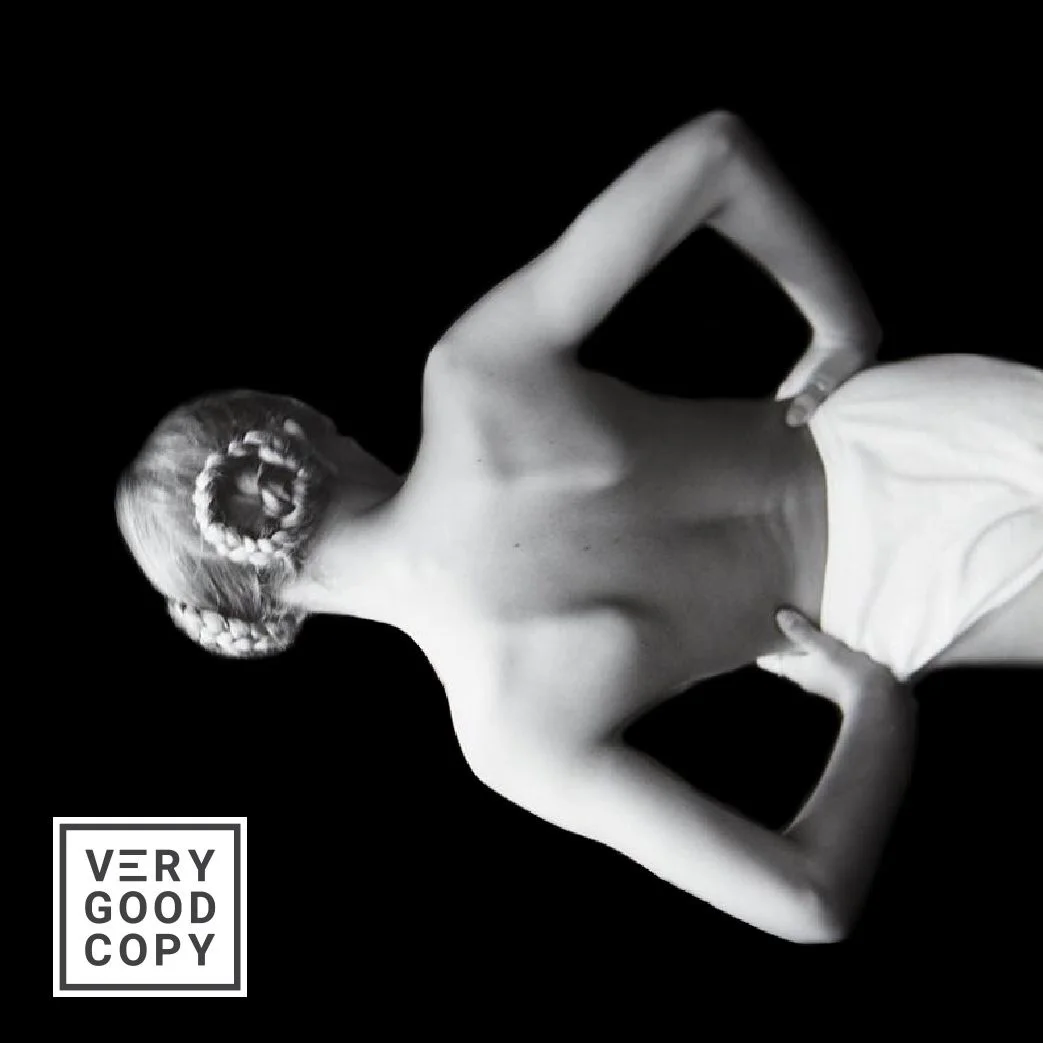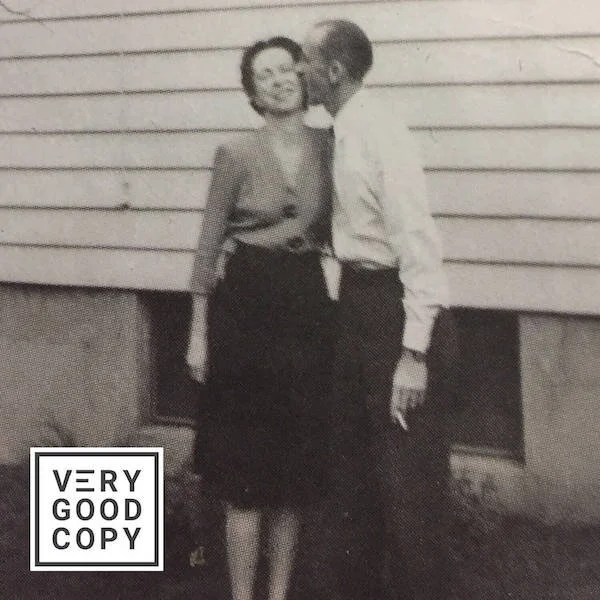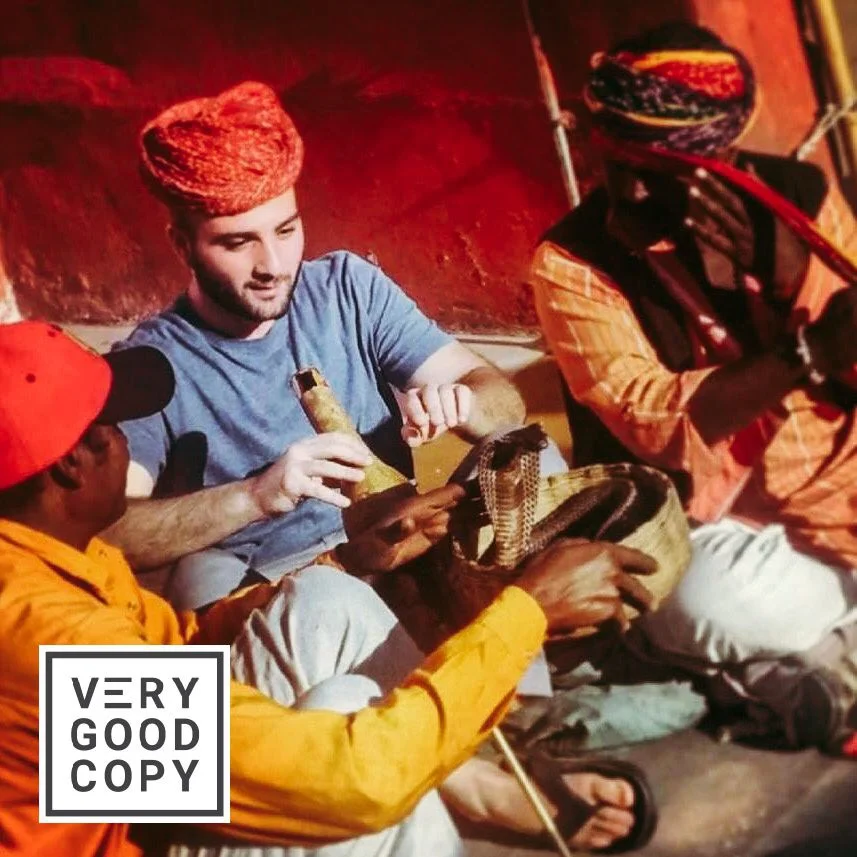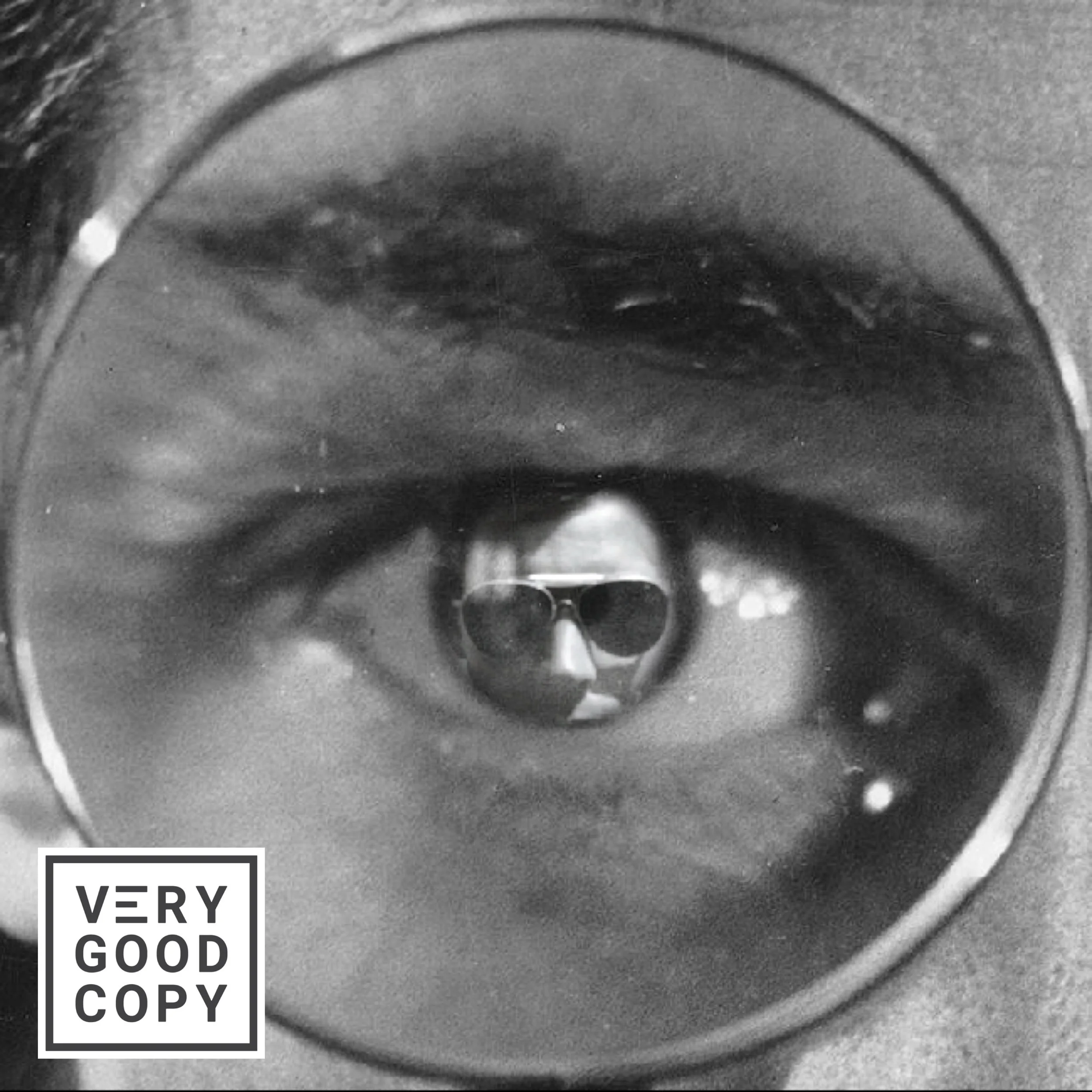![VeryGoodCopy [Small].png](https://images.squarespace-cdn.com/content/v1/5615edeae4b0b9df5c3d6e90/1561588631037-9XUDYH7Q576NLOEFV0JR/VeryGoodCopy+%5BSmall%5D.png)
Ever struggle to start writing your copy?
I did. I struggled with starting a lot, especially at the beginning of my career.

Back then, starting was difficult because I didn’t have a reliable method for organizing my thoughts. I did my research and had plenty of ideas but I didn’t know how to wrangle them, which was frustrating. Eventually, I began anticipating that frustration. And I dreaded it, the uncertainty and subsequent angst. And that dread made me procrastinate. I fucked off on Facebook. Missed deadlines. Blew opportunities. All because I wouldn’t — nay, couldn’t — start.
Then I learned this simple, time-tested copywriting formula — and it forever changed the way I work:
P.A.S.
That stands for Problem-Agitation-Solution.
I use it almost every day. I use it to craft articles, landing pages, emails, social media posts, digital banner ads, radio spots. It’s simple enough that it works across the board. If you need to write persuasive copy, P.A.S. will help you start fast and finish strong.
It’s a versatile, proven way to organize your thoughts into a compelling narrative.
Here’s how it works:
![VeryGoodCopy [Small].png](https://images.squarespace-cdn.com/content/v1/5615edeae4b0b9df5c3d6e90/1561589103519-5LADIDCV8VUQ107XD31K/VeryGoodCopy+%5BSmall%5D.png)
JOIN THOUSANDS OF SUBSCRIBERS
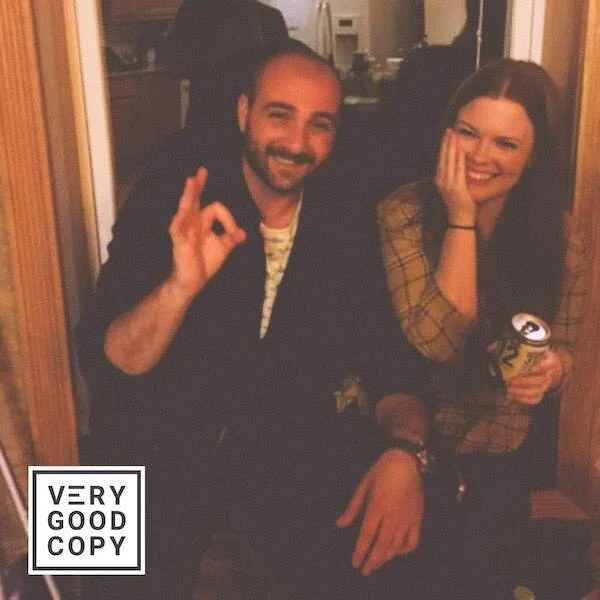
Step 1: Introduce a problem.
Ask a question or make a statement that identifies your audience’s pain, or problem:
Ever struggle to start writing your copy?
Step 2: Agitate the problem.
Tell a relevant anecdote — a story the audience can see themselves in — to elucidate the consequences of ignoring the problem:
I did. I struggled with starting a lot, especially at the beginning of my career.Back then, starting was difficult because I didn’t have a reliable method for organizing my thoughts. I did my research and had plenty of ideas but I didn’t know how to wrangle them, which was frustrating. Eventually, I began anticipating that frustration. And I dreaded it, the uncertainty and subsequent angst. And that dread made me procrastinate. I fucked off on Facebook. Missed deadlines. Blew opportunities. All because I wouldn’t — nay, couldn’t — start.
Step 3: Offer a solution.
Give the audience an out, a clear, direct way to avoid the pain:
Then I learned this simple, time-tested copywriting formula — and it forever changed the way I work:
(Finally, insert your call-to-action and walk away. Let it sit. You’re done, for now, until you decide to revisit the draft for an edit.)
You have many copywriting formulas at your disposal.

But P.A.S. is one of the best:
Because it’s simple. Just 3 straightforward steps. Easy.
Because it’s versatile. You can use it to create short copy (e.g., social posts; product blurbs) or long copy (e.g., sales letters; articles). You can expand or contract the formula’s content depending on how much space you have.
Because it’s proven. The formula is old and ubiquitous because it works. Every master copywriter — including Claude Hopkins, Eugene Schwartz, Joe Sugarman, and Gary Bencivenga — used it.
And now you can, too.
LEARN TO PERSUADE
![VeryGoodCopy [Small].png](https://images.squarespace-cdn.com/content/v1/5615edeae4b0b9df5c3d6e90/1561589430410-CJ9N6S8KKU5BXOIF9AFB/VeryGoodCopy+%5BSmall%5D.png)
WRITE BETTER.
MARKET BETTER.
SELL MORE.
COMMENT BELOW
Judge not lest ye be judged.


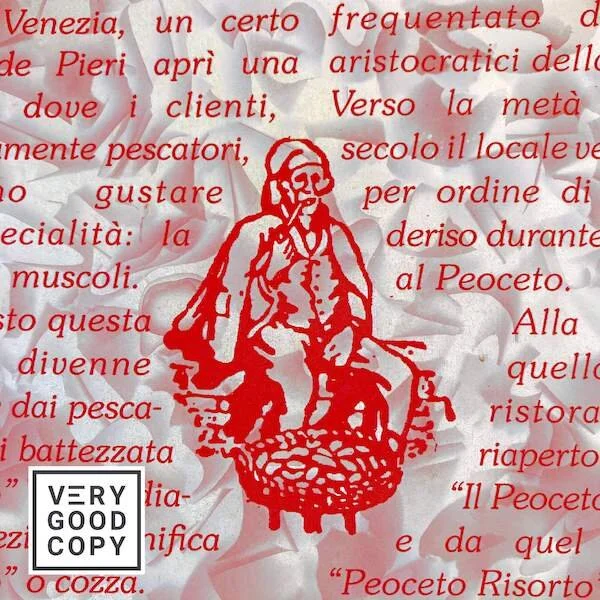

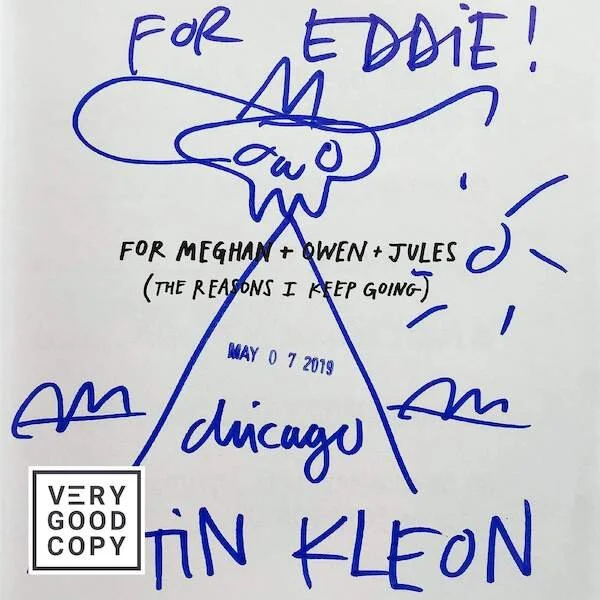













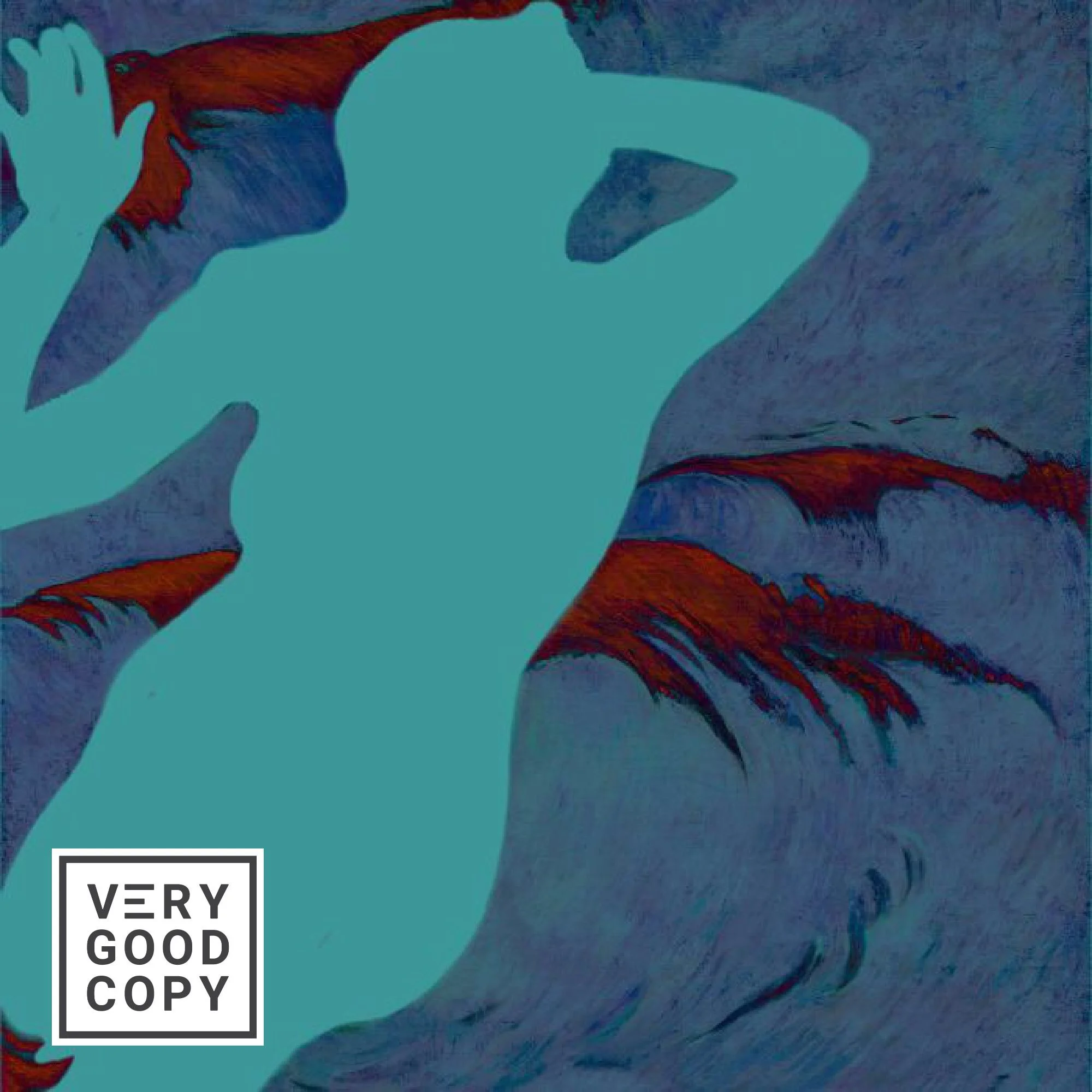
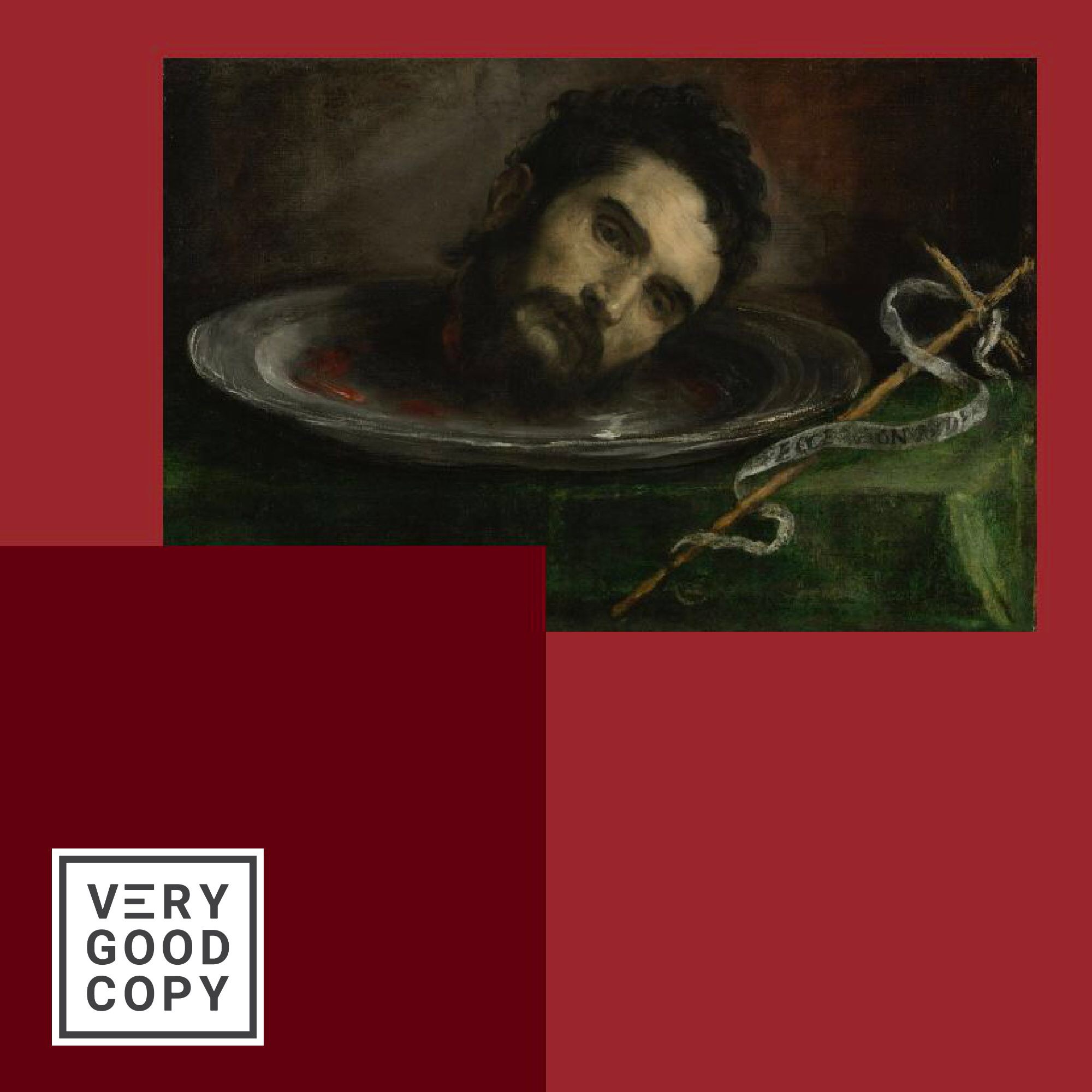









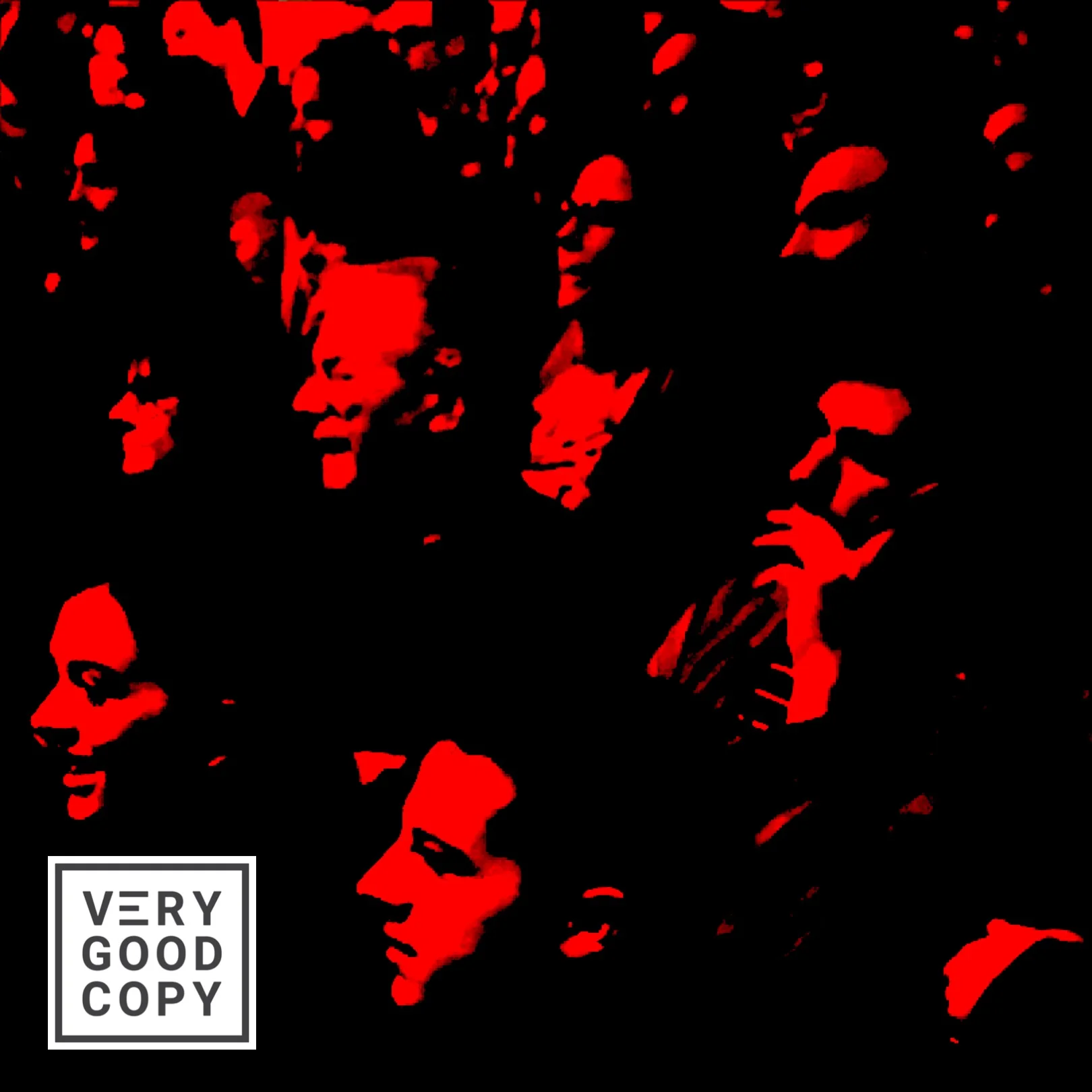
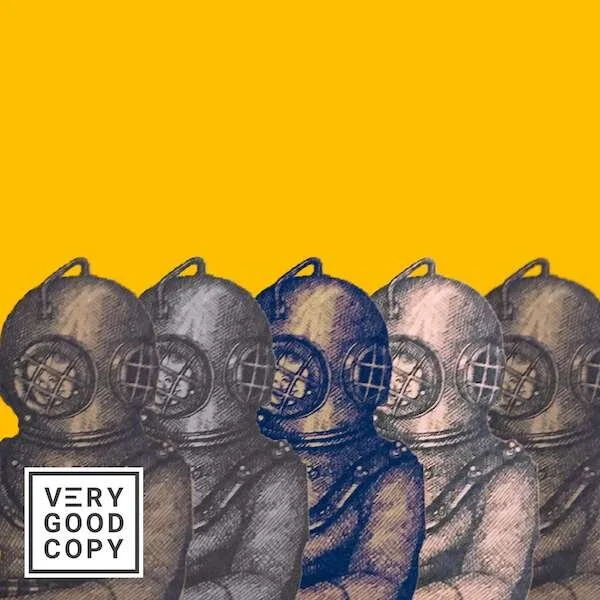







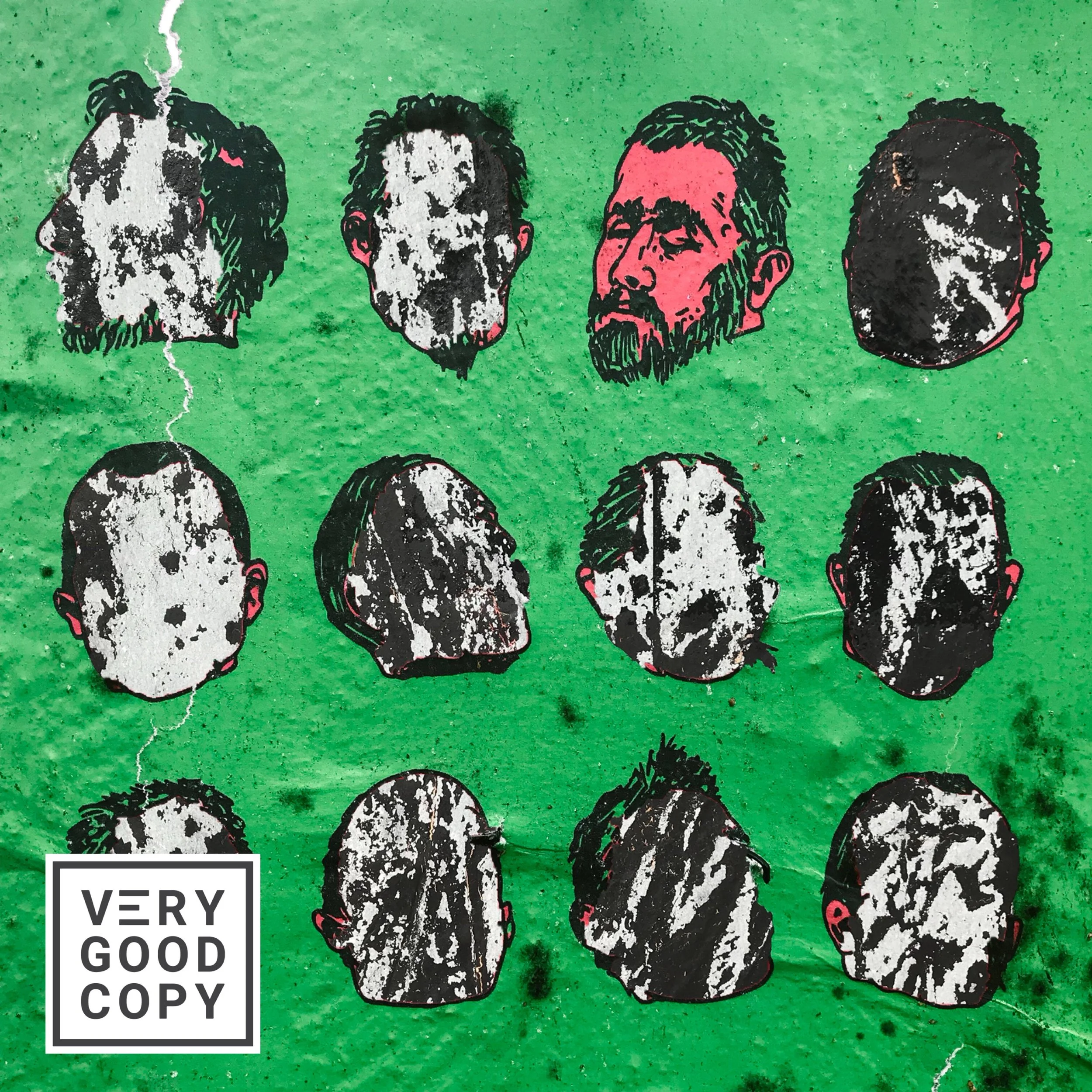

![How copywriters put prospects in the buying mood [quick trick]](https://images.squarespace-cdn.com/content/v1/5615edeae4b0b9df5c3d6e90/1533095575515-C2JPAZA3C46IBX00EMM8/Put+prospects+in+the+buying+mood+%5BVGC+art%5D.JPG)



